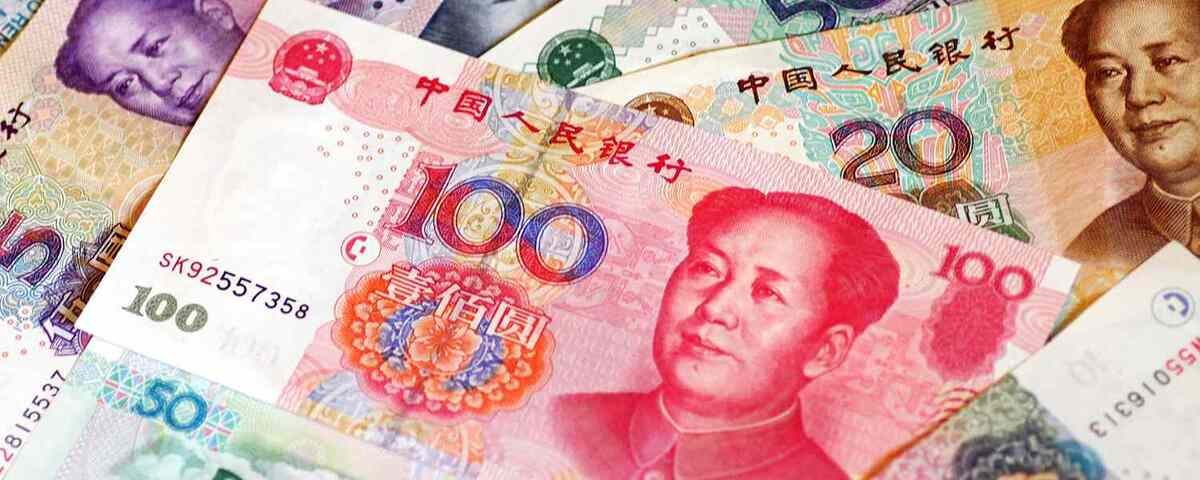
Japan’s yen hits 34-year low, sparking intervention warnings
27/03/2024
How Boeing’s leadership was ‘fired’ by its own customers
28/03/2024SINGAPORE (Reuters) – The Chinese yuan is experiencing a downward trend, prompting speculation that authorities are deliberately orchestrating a gradual depreciation. This strategy aims to complement loose monetary policies and bolster exports.
Several indicators support this speculation. Despite a 2% decline against the dollar this year, the yuan’s competitiveness has diminished compared to currencies like the Japanese yen and those of neighboring countries such as South Korea, Thailand, and Taiwan, which have depreciated more significantly.
The People’s Bank of China (PBOC) seems to have relaxed its control over the yuan, allowing it to breach the 7.2-per-dollar threshold that state-owned banks had previously defended. While the PBOC has intervened by setting stronger-than-expected daily mid-point rates, last Friday witnessed the yuan’s largest daily drop in nearly three months as state banks remained absent from the market.
Analysts at National Australia Bank (NAB) noted a correlation between the PBOC’s relaxed stance and the Bank of Japan’s recent abandonment of its negative rates and yield-curve control policy. Despite this policy shift, Japanese yields remain barely positive, and the yen has further weakened, down 7% against the dollar this year and at a 30-year low against the yuan.
NAB analysts Ray Attrill and Rodrigo Catril suggested that concerns about export competitiveness vis-à-vis Japan motivated the decision to lift the 7.20 cap. Despite the yuan’s trade-weighted index showing a 2% increase this year, China’s export competitiveness has been eroded due to weakening currencies of its trading partners, impacting the country’s uneven economic recovery.
According to analysts at Oxford Economics, the monetary policy divergence between the U.S. Federal Reserve and PBOC will likely keep the yuan weak in the first half of 2024. However, they anticipate controlled depreciation, projecting the yuan not to fall beyond 7.34.
UBS strategists Rohit Arora and Teck Quan Koh anticipate a managed and orderly adjustment process, akin to the yuan’s decline in the second half of 2022. They predict a gradual movement towards 7.4, contingent on factors such as limited support for the U.S. dollar.
The ongoing outflows from mainland stock markets and speculative bets may necessitate PBOC intervention to mitigate volatility, particularly concerning the yuan’s role in ‘carry trades.’ These trades involve borrowing in a low-interest currency and investing in higher-yielding currencies. While returns on yuan-funded carry trades are lower than those on yen-funded ones, traders expect the yuan to remain comparatively stable under PBOC guidance.
Rong Ren Goh, a portfolio manager at Eastspring Investments, emphasized the role of PBOC guidance in preventing significant yuan depreciation. Goh has utilized offshore yuan as a funding currency this year, capitalizing on the interest rate differential and investing in assets like Indian rupee bonds.
Goh highlighted the potential gains from holding a long dollar-CNH position, suggesting a lucrative opportunity amid prevailing market conditions.



